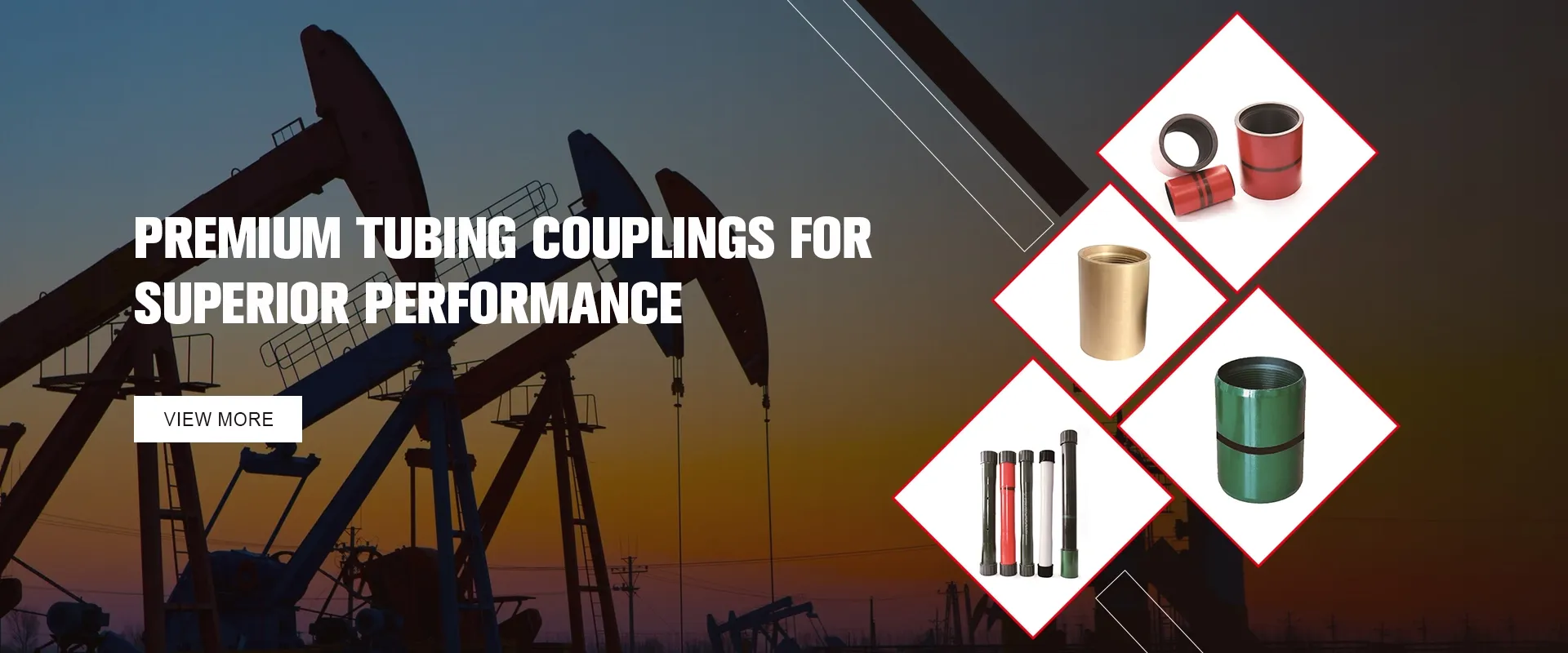- Afrikaans
- Albanian
- Amharic
- Arabic
- Armenian
- Azerbaijani
- Basque
- Belarusian
- Bengali
- Bosnian
- Bulgarian
- Catalan
- Cebuano
- Corsican
- Croatian
- Czech
- Danish
- Dutch
- English
- Esperanto
- Estonian
- Finnish
- French
- Frisian
- Galician
- Georgian
- German
- Greek
- Gujarati
- Haitian Creole
- hausa
- hawaiian
- Hebrew
- Hindi
- Miao
- Hungarian
- Icelandic
- igbo
- Indonesian
- irish
- Italian
- Japanese
- Javanese
- Kannada
- kazakh
- Khmer
- Rwandese
- Korean
- Kurdish
- Kyrgyz
- Lao
- Latin
- Latvian
- Lithuanian
- Luxembourgish
- Macedonian
- Malgashi
- Malay
- Malayalam
- Maltese
- Maori
- Marathi
- Mongolian
- Myanmar
- Nepali
- Norwegian
- Norwegian
- Occitan
- Pashto
- Persian
- Polish
- Portuguese
- Punjabi
- Romanian
- Russian
- Samoan
- Scottish Gaelic
- Serbian
- Sesotho
- Shona
- Sindhi
- Sinhala
- Slovak
- Slovenian
- Somali
- Spanish
- Sundanese
- Swahili
- Swedish
- Tagalog
- Tajik
- Tamil
- Tatar
- Telugu
- Thai
- Turkish
- Turkmen
- Ukrainian
- Urdu
- Uighur
- Uzbek
- Vietnamese
- Welsh
- Bantu
- Yiddish
- Yoruba
- Zulu
Understanding the Importance of Finished Casing Couplings in Oil and Gas Industries
Understanding Finished Casing Couplings in Oil and Gas Operations
In the oil and gas industry, the integrity of drilling operations heavily relies on various components, one of which is the finished casing coupling. A finished casing coupling serves as a critical connector in the casing string that is used to reinforce wellbores, prevent collapse, and facilitate the efficient extraction of hydrocarbons. Understanding the specifications, applications, and importance of these couplings is essential for industry professionals to ensure safe and effective drilling practices.
What are Finished Casing Couplings?
Finished casing couplings are tubular components designed to join sections of casing together. Casing itself is a series of pipes that are fitted together and inserted into a drilled wellbore to maintain the structure of the hole and prevent the ingress of soil and rock formations. The coupling is essentially a short piece of pipe with threaded ends, allowing for the seamless connection of two adjacent casing strings. These couplings are manufactured to precise specifications to accommodate the specific strength and pressure requirements dictated by the conditions of the well.
Material and Design Considerations
Finished casing couplings are typically made from high-strength steel to withstand the extreme pressures and temperatures encountered during drilling and production phases. The materials used in these couplings must exhibit excellent durability and resistance to corrosion, as they may be exposed to aggressive fluids and gases within the wellbore environment. Additionally, the coupling's design must take into account factors such as tensile strength, yield strength, and fatigue resistance to ensure that it withstands operational stresses over time.
The dimensions of the couplings, including their length, outer diameter, and wall thickness, must adhere to industry standards to ensure compatibility with the casing sections they will connect. Standards such as those set by the American Petroleum Institute (API) provide guidelines for manufacturing and testing casing and coupling products to maintain a high level of quality and safety in oil and gas operations.
finished casing coupling

Applications in Drilling Operations
The primary application of finished casing couplings is in well construction. Once the drilling process reaches a predetermined depth, the casing string is assembled and lowered into the well to provide support. Finished casing couplings play a vital role in connecting these casing segments, ensuring that the entire casing string is reliable and secure.
Moreover, finished casing couplings are also integral to remedial operations, where existing wells require repair or enhancement to improve production. These couplings can be used to add additional casing sections, making it easier to address issues like casing collapse or downhole damage. Their reliable performance is essential for maintaining well integrity and optimizing production.
Importance in Safety and Reliability
The significance of finished casing couplings extends beyond mere functionality; they are pivotal to the safety and reliability of drilling operations. A failure in a coupling can lead to catastrophic consequences, such as oil spills, blowouts, or loss of well control. Therefore, selecting high-quality finished casing couplings is paramount for any drilling operation. Proper installation and inspection during the assembling phase also contribute significantly to ensuring the integrity of the casing string and the overall success of the project.
Conclusion
In summary, finished casing couplings are a foundational component in the oil and gas industry, facilitating the connection of casing strings in both drilling and remedial operations. Their design, material, and manufacturing standards play a crucial role in ensuring that they can withstand the harsh conditions typical of subsurface environments. As the oil and gas sector continues to evolve, the commitment to safety, reliability, and efficiency in utilizing finished casing couplings remains a critical focus for engineers and project managers. The continued advancement of coupling technology will likely enhance the operational capacity and safety of future oil and gas drilling endeavors, ensuring that this vital industry can meet the world’s energy demands sustainably.
-
Tubing Pup Joints: Essential Components for Oil and Gas OperationsNewsJul.10,2025
-
Pup Joints: Essential Components for Reliable Drilling OperationsNewsJul.10,2025
-
Pipe Couplings: Connecting Your World EfficientlyNewsJul.10,2025
-
Mastering Oilfield Operations with Quality Tubing and CasingNewsJul.10,2025
-
High-Quality Casing Couplings for Every NeedNewsJul.10,2025
-
Boost Your Drilling Efficiency with Premium Crossover Tools & Seating NipplesNewsJul.10,2025







